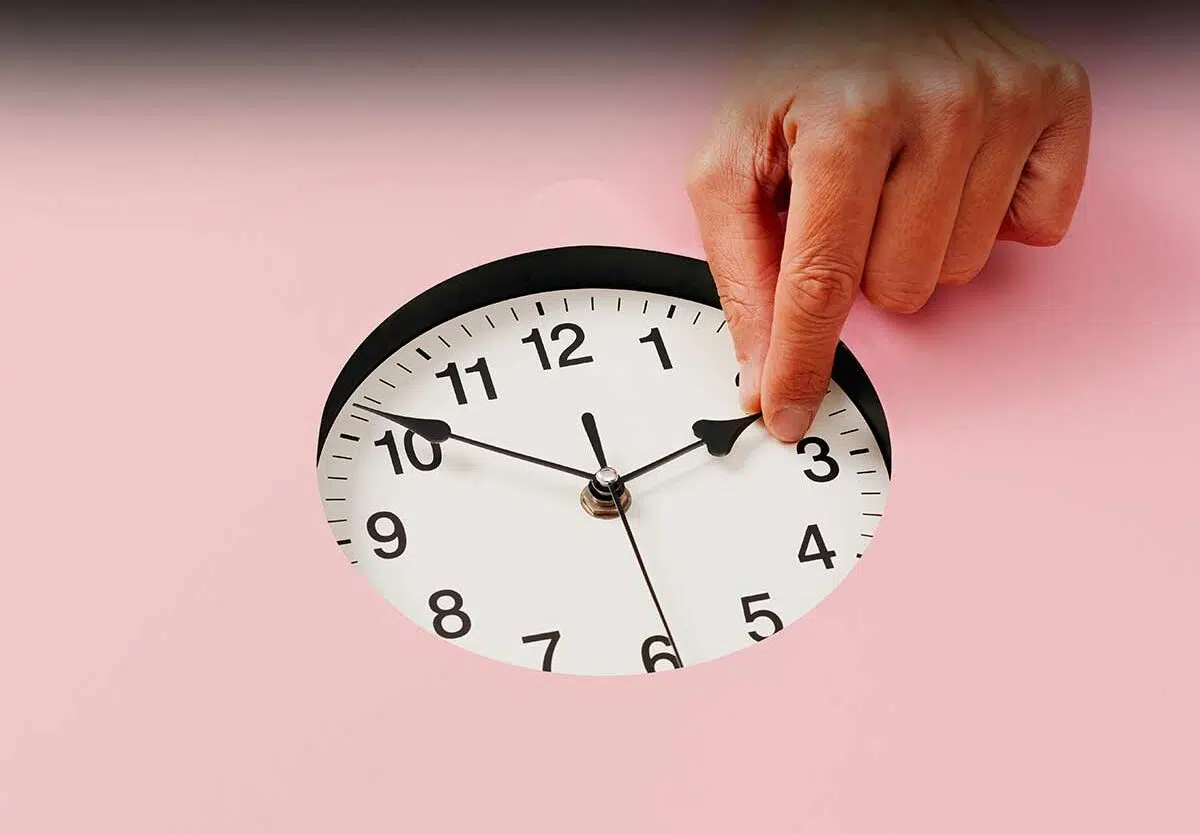As the winter months start to fade and spring beckons, McKeesport residents prepare for the annual shift that affects many across the country: Daylight Saving Time (DST). In 2025, DST will begin on Sunday, March 9, when clocks “spring forward” by one hour at 2:00 AM local time. While many are familiar with this twice-a-year tradition, it’s important to understand what it means for our daily lives, how to prepare, and why it remains such a debated topic across the country.
What is Daylight Saving Time?
Daylight Saving Time (DST) is the practice of moving the clock forward by one hour during the warmer months to make better use of daylight. The idea is that by shifting the clock, people can take advantage of longer evenings, thereby saving energy and aligning more of the day with daylight hours.
The change begins each spring when clocks are set forward by one hour, typically at 2:00 AM. In 2025, that means Sunday, March 9, is the day when the time will change in McKeesport, as well as most of the United States, excluding Hawaii and most of Arizona, which do not observe DST.
Though the time change may seem straightforward, it’s not without its impacts on various aspects of life. From health considerations to energy use and scheduling, understanding the nuances of DST can help ease the transition.
The Benefits of Daylight Saving Time
The primary aim of DST is to make better use of natural daylight, which, in theory, helps reduce the need for artificial lighting and thus lowers energy consumption. The U.S. Department of Energy notes that the country saw a reduction in energy use during the months when DST was in effect, particularly during the evening hours when more people are awake and active. Though the energy savings are somewhat debated, the extension of daylight hours can have a positive effect on productivity, outdoor activities, and local businesses.
In McKeesport, residents can look forward to enjoying more daylight after work or school. Whether it’s taking a walk in the park, dining out, or participating in outdoor sports, the time shift is often seen as a welcome change after months of early sunsets.
Health Implications of the Time Change
While the extra daylight is certainly a plus, the adjustment to DST can be jarring for some individuals. The shift can disrupt sleep patterns and affect overall health, leading to what is commonly known as “jet lag” or a temporary shift in circadian rhythms. The American Academy of Sleep Medicine has emphasized the importance of gradually adjusting bedtime routines in the days leading up to the time change to mitigate these effects.
Studies have shown that the transition into DST can lead to an increased risk of heart attacks, strokes, and accidents, likely due to the disruption of sleep patterns and the sudden shift in schedules. According to the Centers for Disease Control and Prevention (CDC), these health concerns underscore the need for awareness and preparation in the days surrounding the time change.
To reduce the impact of DST on health, experts recommend that individuals:
- Gradually adjust their sleep schedule a few days before the change.
- Avoid caffeine and alcohol late in the evening.
- Get plenty of natural light in the days leading up to the time change to help reset the internal body clock.
The Economic Impact on Local Communities
Beyond individual health, Daylight Saving Time can also have a significant economic impact. Longer daylight hours often translate into increased consumer spending, especially in sectors such as retail, entertainment, and tourism. Local businesses in McKeesport may see an uptick in activity, as more people are likely to take advantage of the extra daylight for shopping, dining, or socializing.
However, the time change does come with some costs as well. For instance, it can create temporary confusion for businesses that rely on precise timing, such as transportation services, event scheduling, and financial markets. It also increases the risk of accidents, especially in the early days following the time change, as people adjust to new schedules.
How McKeesport Residents Can Prepare
As we move closer to March 9, there are several things McKeesport residents can do to prepare for the time change:
- Set Clocks Ahead: Be sure to set clocks ahead by one hour before going to bed on Saturday night. This includes not just traditional clocks, but also smartphones, microwaves, and other devices that may not adjust automatically.
- Check Smoke Detectors: The time change also serves as a great reminder to check the batteries in smoke detectors and carbon monoxide alarms. The U.S. Fire Administration advises doing so twice a year, making the DST change an ideal time.
- Plan for Disruptions: If you have early appointments or travel plans on Sunday, March 9, it’s a good idea to double-check schedules and allow extra time for the adjustment.
- Stay Healthy: To reduce the effects of sleep deprivation, begin adjusting your sleep schedule a few days in advance. Going to bed 15-30 minutes earlier each night can help your body adapt more easily.
- Embrace the Outdoors: Take full advantage of the extra daylight by planning activities outdoors. Whether it’s a trip to McKeesport’s Renziehausen Park or a local event, the extended daylight is a perfect opportunity to engage with the community.
Conclusion: Is It Time for a Change?
While many people appreciate the benefits of DST, there are growing calls to reevaluate its necessity. In recent years, some states have proposed legislation to do away with the time change altogether, arguing that it no longer serves its original purpose. Advocates of ending the biannual clock changes point to modern energy-efficient technologies, which have reduced the need for the energy savings once associated with DST.
In fact, some states, like Florida and Washington, have introduced legislation calling for year-round DST. These movements are still in progress, and it remains to be seen whether they will succeed.
For now, McKeesport residents will continue to adjust to the clock change each spring and fall. Whether you look forward to the longer days or find the time change disruptive, it’s important to be aware of how the shift will affect your life and take steps to minimize any potential downsides.
As we prepare for the 2025 DST change, McKeesport can embrace the benefits of longer evenings while being mindful of the health and economic considerations that come with the shift.
For more information on Daylight Saving Time and related policies, visit the U.S. Department of Transportation and the CDC.
Disclaimer – Our team has carefully fact-checked this article to make sure it’s accurate and free from any misinformation. We’re dedicated to keeping our content honest and reliable for our readers.




